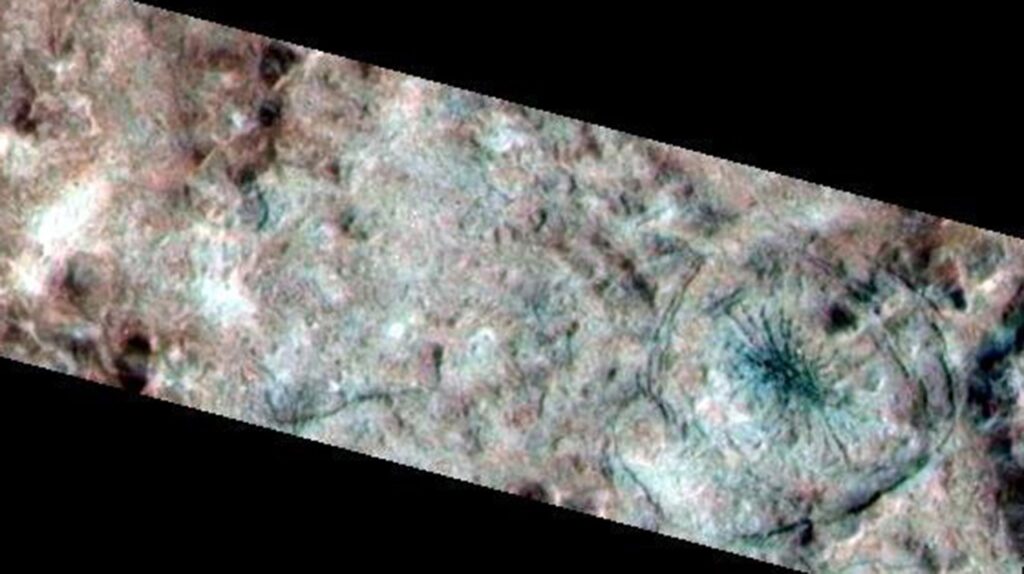The Carbon-Deficient Evolution Of TRAPPIST-1c

Transiting planets orbiting M dwarfs provide the best opportunity to study the atmospheres of rocky planets with current facilities.
As JWST enters its second year of science operations, an important initial endeavor is to determine whether these rocky planets have atmospheres at all. M dwarf host stars are thought to pose a major threat to planetary atmospheres due to their high magnetic activity over several billion-year timescales, and might completely strip atmospheres. Several Cycle 1 and 2 GO and GTO programs are testing this hypothesis, observing a series of rocky planets to determine whether they retained their atmospheres.
A key case-study is TRAPPIST-1c, which receives almost the same bolometric flux as Venus. We might, therefore, expect TRAPPIST-1c to possess a thick, CO2-dominated atmosphere. Instead, Zieba et al. (2023) show that TRAPPIST-1c has little to no CO2 in its atmosphere. To interpret these results, we run coupled time-dependent simulations of planetary outgassing and atmospheric escape to model the evolution of TRAPPIST-1c’s atmosphere.
We find that the stellar wind stripping that is expected to occur on TRAPPIST-1c over its lifetime can only remove up to ∼16 bar of CO2, less than the modern CO2 inventory of either Earth or Venus. Therefore, we infer that TRAPPIST-1c either formed volatile-poor, as compared to Earth and Venus, or lost a substantial amount of CO2 during an early phase of hydrodynamic hydrogen escape. Finally, we scale our results for the other TRAPPIST-1 planets, finding that the more distant TRAPPIST-1 planets may readily retain atmospheres.
Katie E. Teixeira, Caroline V. Morley, Bradford J. Foley, Cayman T. Unterborn
Comments: 16 pages, 11 figures, 1 table, accepted to ApJ
Subjects: Earth and Planetary Astrophysics (astro-ph.EP)
Cite as: arXiv:2311.17699 [astro-ph.EP] (or arXiv:2311.17699v1 [astro-ph.EP] for this version)
Submission history
From: Katie Teixeira
[v1] Wed, 29 Nov 2023 15:05:11 UTC (578 KB)
https://arxiv.org/abs/2311.17699
Astrobiology, Astrochemistry,








